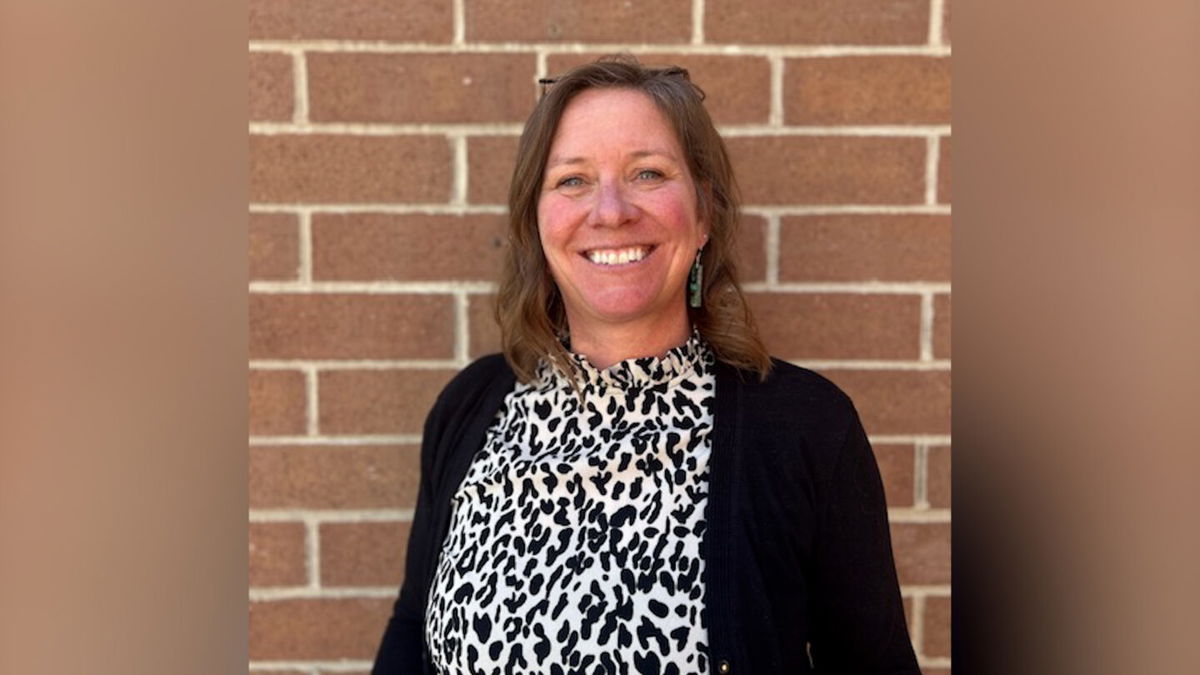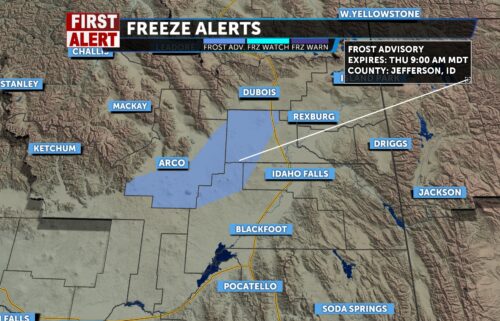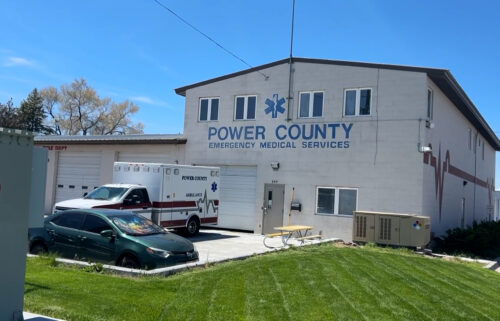Salmon teacher selected for prestigious National STEM Scholar Program

SALMON, Idaho (KIFI) — A dedicated teacher from Salmon has earned a coveted spot in the National STEM Scholar Program. Renae Lewis, of Salmon Junior-Senior High School, is one of only ten middle school teachers nationwide selected for this highly competitive program, recognizing her commitment to making science, technology, engineering, and mathematics come alive for her students.
Teachers were asked to apply with a "challenge project" they would implement in their classroom if funds were available, making learning more exciting.
“STEM education is essential for my students because it equips them with critical thinking, problem-solving, and collaboration skills that are vital for success in today’s rapidly changing world. By engaging in hands-on, real-world learning, students gain the confidence and curiosity needed to pursue high-demand careers and become innovative contributors to their communities,” said Renae Lewis.
Studies show that middle school students who become excited about science are more likely to pursue STEM courses throughout their education.
"Supporting teachers who inspire and motivate middle school students at this critical decision-making age will directly impact how many choose to pursue the STEM skills essential for living-wage jobs. By investing in the influential middle school STEM teacher now, we reach thousands of students in classrooms today and far into the future," said Dr. Paula Grisanti, CEO of the National Stem Cell Foundation.
Now in its 10th year, there are 100 National STEM Scholars representing middle schools in 37 states. 93% teach in public schools, 44% teach in mid- to high-poverty schools, and 39% teach in communities with a population under 15,000.
A unique requirement of the program is the responsibility for STEM Scholars to share lessons learned with colleagues in their home schools, districts or states, magnifying impact over multiple classrooms and years. By June 2026, National STEM Scholars will have directly and indirectly impacted more than 190,000 middle school students in the U.S.




